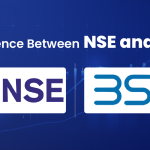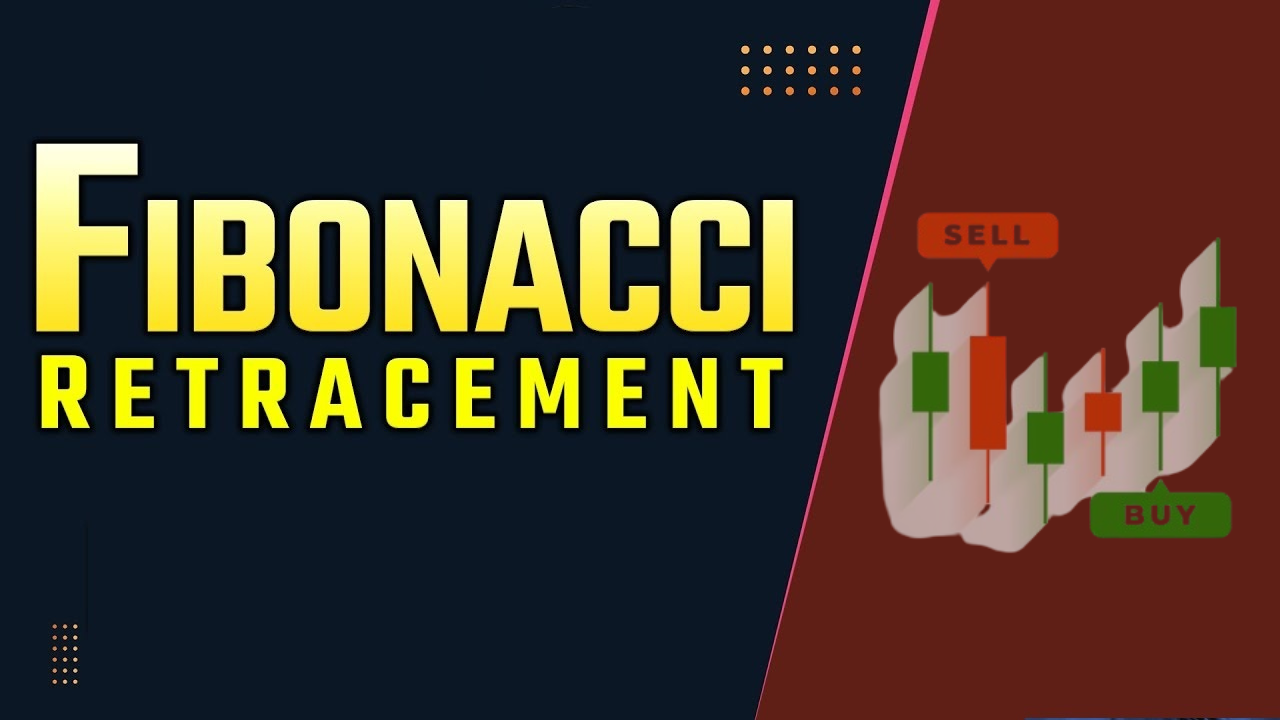Fibonacci retracement is a popular technical analysis indicator used by traders and investors to identify potential support and resistance levels in financial markets. Based on the Fibonacci sequence, this method helps determine the likelihood of price reversals, enabling more informed trading decisions.
By understanding how to apply Fibonacci retracement levels, traders can gain valuable insights into market dynamics and enhance their overall trading strategies. This article explores the what is Fibonacci retracement, its significance in trading, and how you can use it effectively.
What is Fibonacci Retracement?
Fibonacci Retracement is a technical indicator used to identify potential support and resistance levels in a stock’s price movement. It is based on the Fibonacci sequence, with key levels at 23.6%, 38.2%, 50%, 61.8%, and 78.6%. These levels help traders predict where the price might reverse after a significant move.
The Fibonacci Sequence
The Fibonacci Sequence is a series of numbers where each number is the sum of the two preceding ones, starting from 0 and 1. The sequence goes 0, 1, 1, 2, 3, 5, 8, 13, and so on. It appears in various natural phenomena and is closely related to the golden ratio, approximately 1.618.
Formula and Calculation of Fibonacci Retracement Levels
Fibonacci retracements levels are calculated using the following formula:
Retracement Level=High−(High−Low)×Fibonacci Ratio
Step-by-Step Calculation
- Identify the High and Low Points: Determine the highest and lowest points on the chart for the period you are analyzing.
- Calculate the Range: Subtract the low point from the high point.
- Apply Fibonacci Ratios: Multiply the range by the Fibonacci ratios (23.6%, 38.2%, 50%, 61.8%, and 100%).
- Subtract from the High: Subtract the result from the high point to get the retracement levels.
Example
Let’s say the high point is 150 and the low point is 100.
Identify the High and Low Points
- High: 150
- Low: 100
Calculate the Range
Range = 150 – 100 = 50
Apply Fibonacci Ratios
- 23.6% Level: 50 × 0.236 = 11.8
- 38.2% Level: 50 × 0.382 = 19.1
- 50% Level: 50 × 0.5 = 25
- 61.8% Level: 50 × 0.618 = 30.9
Subtract from the High
- 23.6% Level: 150 – 11.8 = 138.2
- 38.2% Level: 150 – 19.1 = 130.9
- 50% Level: 150 – 25 = 125
- 61.8% Level: 150 – 30.9 = 119.1
So, the Fibonacci retracement levels are 138.2, 130.9, 125, and 119.1.
How can Traders use Fibonacci Retracement Levels?
Traders often use Fibonacci retracement levels to identify potential reversal points in the market. By applying these levels, they can make more informed decisions about entry and exit points. Here’s how traders can effectively use Fibonacci retracement levels:
1. Identifying Entry Points
Traders should look for pullbacks within a trend to find potential entry points. For instance, in an uptrend, they might wait for the price to retrace to a Fibonacci level (like 38.2% or 61.8%) before entering a long position.
2. Setting Stop-Loss Orders
These levels can also help set stop-loss orders. By placing stop-loss orders at key retracement levels, traders can manage risk and protect their capital. For example, if a trader enters a long position at the 38.2% retracement level, they might place a stop-loss order just below the 50% retracement level.
3. Identifying Breakout Points
Fibonacci retracements levels are used to spot potential breakout points. When the price breaks through a key Fibonacci level, it may signal a shift from a retracement to a new trend, aiding traders in making informed decisions about entering or exiting trades.
Advantages and Disadvantages of Fibonacci Retracement Levels
Fibonacci retracements levels are popular tools used in technical analysis to identify potential support and resistance levels in the price of an asset. Here are the advantages and disadvantages:
| Advantages | Disadvantages |
| Fibonacci retracement levels help traders pinpoint critical areas where price reversals may occur, aiding in decision-making for entry and exit points. | The placement of Fibonacci levels can be subjective, leading to different interpretations among traders, which may result in conflicting analyses. |
| Since many traders use Fibonacci levels, their effectiveness can be enhanced through collective market behaviour, leading to increased buying or selling at these levels. | While Fibonacci levels indicate potential reversal areas, they do not guarantee that the price will reverse, leading to potential losses if traders rely solely on them. |
| Fibonacci retracement levels can be applied to various time frames (daily, weekly, hourly), making them useful for both short-term and long-term trading strategies. | In strong trending markets, Fibonacci levels may be less effective, as prices can continue to move beyond these levels without reversal. |
| Traders can use Fibonacci levels to set realistic profit targets and stop-loss orders based on market behaviour and risk tolerance. | Effective use of Fibonacci retracements demands experience and skill. Novice traders may struggle to interpret the levels properly, leading to poor decision-making. |
| The clear lines drawn at Fibonacci levels help traders visualise potential price movements, enhancing their overall market analysis. | While Fibonacci retracement helps identify entry points, it doesn’t provide a clear exit strategy, leaving traders to rely on other tools for profit-taking decisions. |
Conclusion
Fibonacci retracement is a powerful indicator for traders and investors, providing insights into potential support and resistance levels in the market. By understanding how to apply this technique effectively, you can enhance your trading strategy and make more informed decisions.
Whether you are a novice or an experienced trader, incorporating Fibonacci retracement into your analysis can help you identify opportunities and manage risks, ultimately leading to greater success in your trading endeavours.
Frequently Asked Questions
Q1. What are the most important levels of Fibonacci retracement?
The key Fibonacci retracement levels are 23.6%, 38.2%, 50%, 61.8%, and 78.6%. These levels help traders identify potential support and resistance points within a price trend, guiding their trading decisions.
Q2. What is the entry point for the Fibonacci retracement?
The entry point for trades is typically at the 61.8% retracement level, which often serves as a strong support or resistance. Traders may also consider the 38.2% and 50% levels for potential entries.
Q3. How do you confirm Fibonacci retracement?
To confirm Fibonacci retracement levels, look for price action reversal signals at key levels, such as specific candlestick patterns or momentum indicators. Combining these levels with other technical analysis tools increases the reliability of trading signals.










